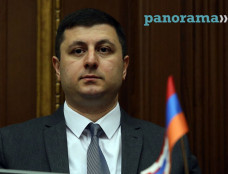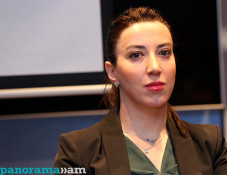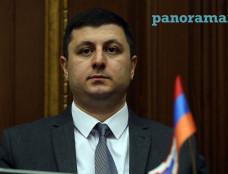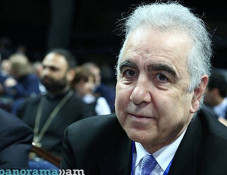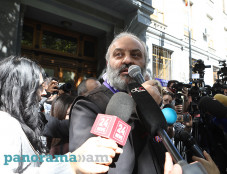
Armenia’s education ministry assures us of something it has no data on
By an order of Armenia’s Minister of Education, Science, Culture and Sport Arayik Harutyunyan dated 11 November 2019, starting from 1 January 2020 funds allocated for covering the transportation costs of teachers and students will grow by 3.5 times. An increase in the sum allotted for teachers and students to travel from one community to another raises a question whether classes or schools have been cut down in communities. To ger informed about the matter, Panorama.am submitted an inquiry to the Ministry of Education, Science, Culture and Sport.
In response to our question about whether new schools or grades have been closed down, as a result of which more school students and teachers have to travel from one community to another to attend classes, the ministry said that the implementation of the program is not linked to the number of schools and classes.
Asked whether the ministry obtains any statistics showing whether the number of school students and teachers studying and working in their neighboring communities has grown or dropped, the ministry said that there are no such statistics. “No information is available about the number of schoolchildren and teachers studying and working in a place other than their place of residence. It will be possible to collect data on the number of students and teachers travelling from one place to another during the previous and current year in the month preceding the end of the current year,” the ministry responded.
In this case, it is not clear how the ministry assures that classes and schools have not been shut down unless there is statistics and numerical data.
Also noteworthy is the ministry’s response to another question whether it obtains an expert analysis showing whether a school child is physically able to travel 10 kilometers or more 5 days per week and spend 4-7 45 minutes in the classroom, which seems to follow the principle: “Whatever we do is for our children.”
"The program aims to create equal opportunities, make education more accessible, as well as to regulate the process of compensation for transportation services for school students and teachers,” reads the response.
Other methods, even those of the last century, which have enabled students to acquire high education without getting tired of the transportation seem not to be considered.
Let’s take even the simplest one – the distance education – the ministry also spends funds on.
By the way, one more question - what kind of transport operates that the ministry wants to provide compensation for. Perhaps, the authorities need to consider providing school buses.
Newsfeed
Videos






